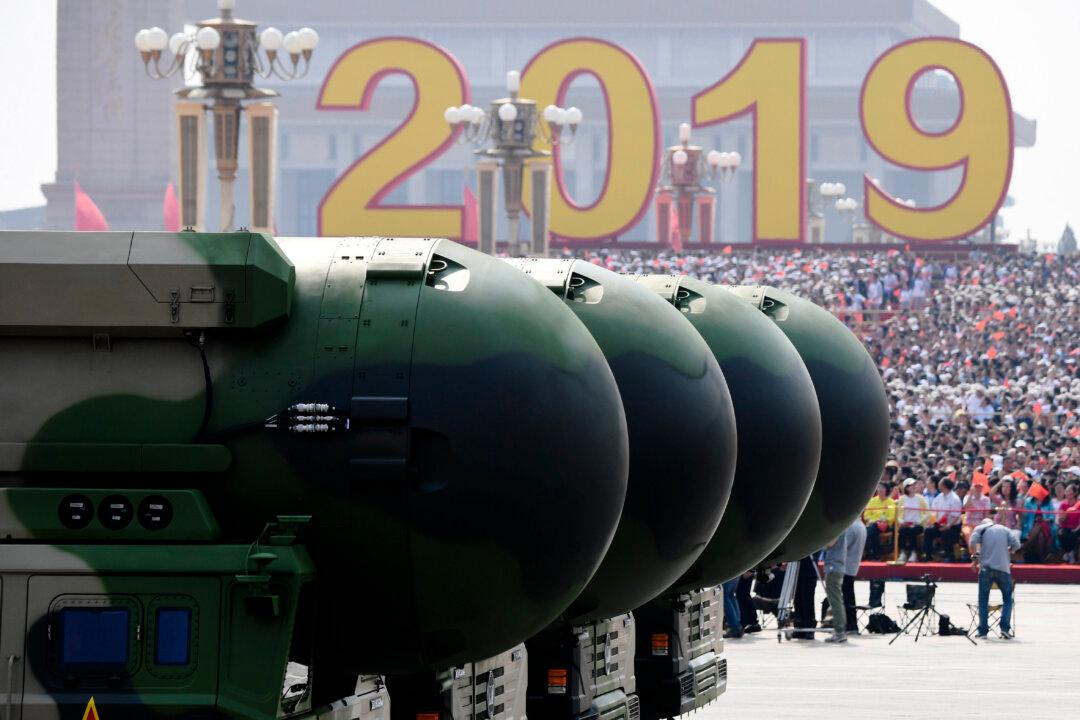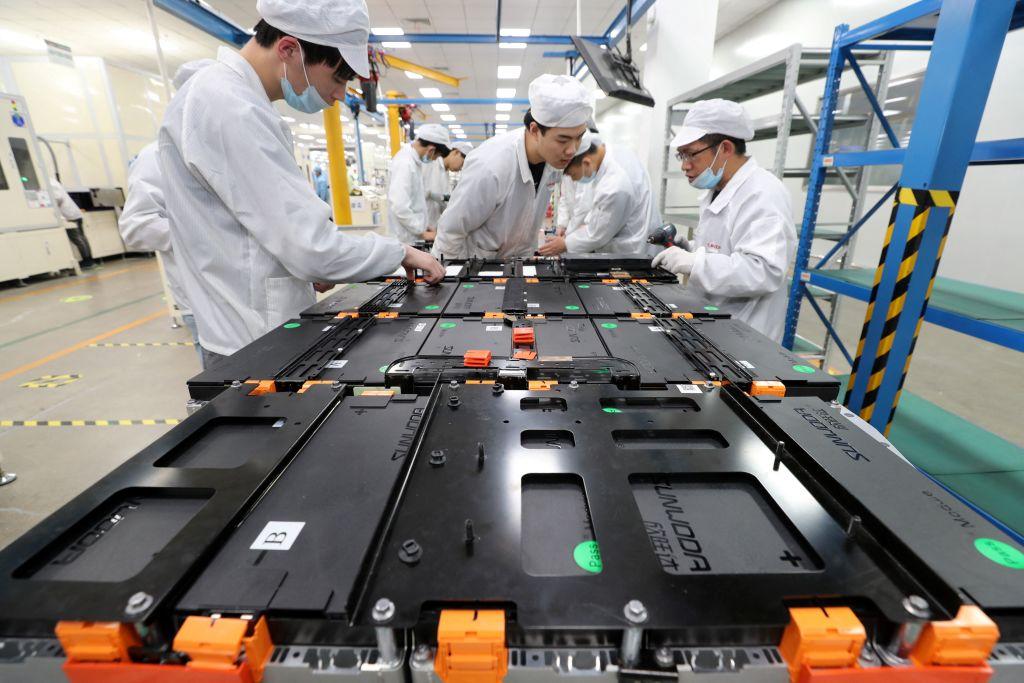The sudden and largely peaceful collapse of Soviet communism between 1989 and 1991 is lauded as one of the great political achievements in recent history. As then-head of the Soviet Communist Party (CPSU), Mikhail Gorbachev stands prominent as the architect of the reforms that introduced capitalism to Eastern Europe and began the transition out of authoritarianism.
But three decades ago, when the final leader of the USSR and his colleagues began their work on the iconic policies of glasnost—openness—and perestroika—economic restructuring, saying goodbye to communism wasn’t part of the plan.




